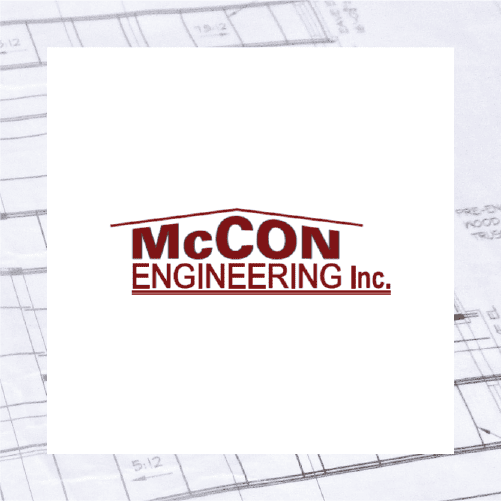Your website is the online version of your office. Especially during and following the era of COVID-19, it is an essential marketing tool for businesses to reach and engage current and prospective customers. The way your website looks and feels will determine how your online audience will see your business.
Excellent website design is vital to grab the attention of prospective customers. The website’s features will significantly affect the website user experience, which will severely impact your conversion rate. While some features are great for your website, some may not be too great.
In fact, you should consider ditching some website designs/features if you want to provide your website audience with the best experience and allow them to enjoy the benefits that come with that.
Here are some features/designs we feel are worth removing from your website:
Design Overkill
The most important thing a website will do for your business is to engage the users. It should have the critical information the users are looking for, and the design should make it easy for such users to find such information. When the design features lots of colors, crazy fonts, and several links and images, it can distract the audience. The design should impress and not depress your audience.
Sidebars
Blogs and news websites find sidebars as a handy web design element. On the contrary, sidebars are not appealing to web visitors anymore. You can consider doing away with sidebars on your website without consequences.
See this blog as an example. Do you notice how few distractions there are to reading the actual article?
Modal Pop-Ups
Let’s be honest here; mobile pop-ups are not going anywhere anytime soon. That doesn’t mean that the intrusive pop-ups are good for mobile websites. Users don’t really like them, especially when they lead to advertisers, or it isn’t easy to find an exit button or icon. Try to minimize or eliminate pop-ups, depending on the kind of services you offer through the website.
Of course, some pop-ups such as user agreements and cookies may be mandatory per country regulations. Whichever way you decide to go, make sure you’re adhering to the law.
Fancy Slideshow
Some time ago, a website slideshow (carousel) was considered necessary by many. This fancy front page design feature can be used to communicate benefits and services to visitors. But they also have several disadvantages, especially when the site is viewed on mobile devices. They are not unique and can be bad for accessibility. They have also been known to decrease your SEO ranking.
Autoplay Sounds, Music, or Video
Is there any need to explain this point? Obviously, users find Autoplay sounds, music, or video very offensive. Ditch this feature, and you would have significantly improved users’ experience.
That being said, it is perfectly fine & ENCOURAGED to embed a video onto your website pages!
Sticky Side Elements
A sticky navigation bar can be a brilliant idea for some websites. A sticky button that the visitor can use to communicate with customer support, for instance, will be great for any website user. On a desktop, these side elements typically appear as tiny icons or widgets that will stick to the side or bottom corner of the site.
When accessing the same website with a mobile device, sticky side elements are not as fancy as they appear on the desktop. They are often bigger than necessary and obstructive. In many instances, they make it difficult for users to read the website’s content as it overlaps an image or text as the user scrolls.
Bad Stock Photography

Stock photos are generally good for websites. However, your most important users are usually the first to recognize bad stock photography—especially when it holds no relevancy to the post, page, or your company mission, or it’s clearly been doctored. This can inherently affect your credibility as a professional, established non-profit, investment firm, or B2B company. Hence, unless stock photos are relevant, avoid them.
Creating a Separate Mobile Site
Surprisingly, some businesses are sticking to the old idea of having a separate mobile site. Both unnecessary and annoying, users are not often happy when they are redirected to a different site because of their devices.
In most instances, the separate mobile sites do not have all the features of the desktop website. Responsive web design is what you should look for. It allows the layout of your website to adjust to any device.
Sites such as Wix & Squarespace limit this responsiveness and fix your mobile layouts so you cannot adjust them for the user experience.
Unnecessary Content
Content is king, but when you have unnecessary content on your website, it may cause more harm than good. The size of your content may play a part in how search engines will rate the site, but also understand that the experience of your visitors matters most. It is good to be concise and informative with your content. Make it as engaging as possible, but do not publish long content just for the sake of having big content.
We know that Google loves pages with a minimum of 500 words. Be creative and smart with how you hit this goal and don’t bore clients with paragraphs that obscure their answers.
Ultimately, you’ll know what feels right when it comes to your company website. Remember: less is more. And if you aren’t sure what’s working and what isn’t, you can always contact the professionals at Harford Designs.






